The art of hair drying: from understanding your hair type to using heat protectants and the right kind of towel – advice and pitfalls to avoid in your day-to-day hair care

Drying your hair is as much an art as a science. While it might seem like a straightforward task, the method you use to dry your hair plays a crucial role in its health, appearance and manageability. From curly, voluminous locks to sleek, straight strands, every hair type presents its own set of challenges and needs when it comes to drying.
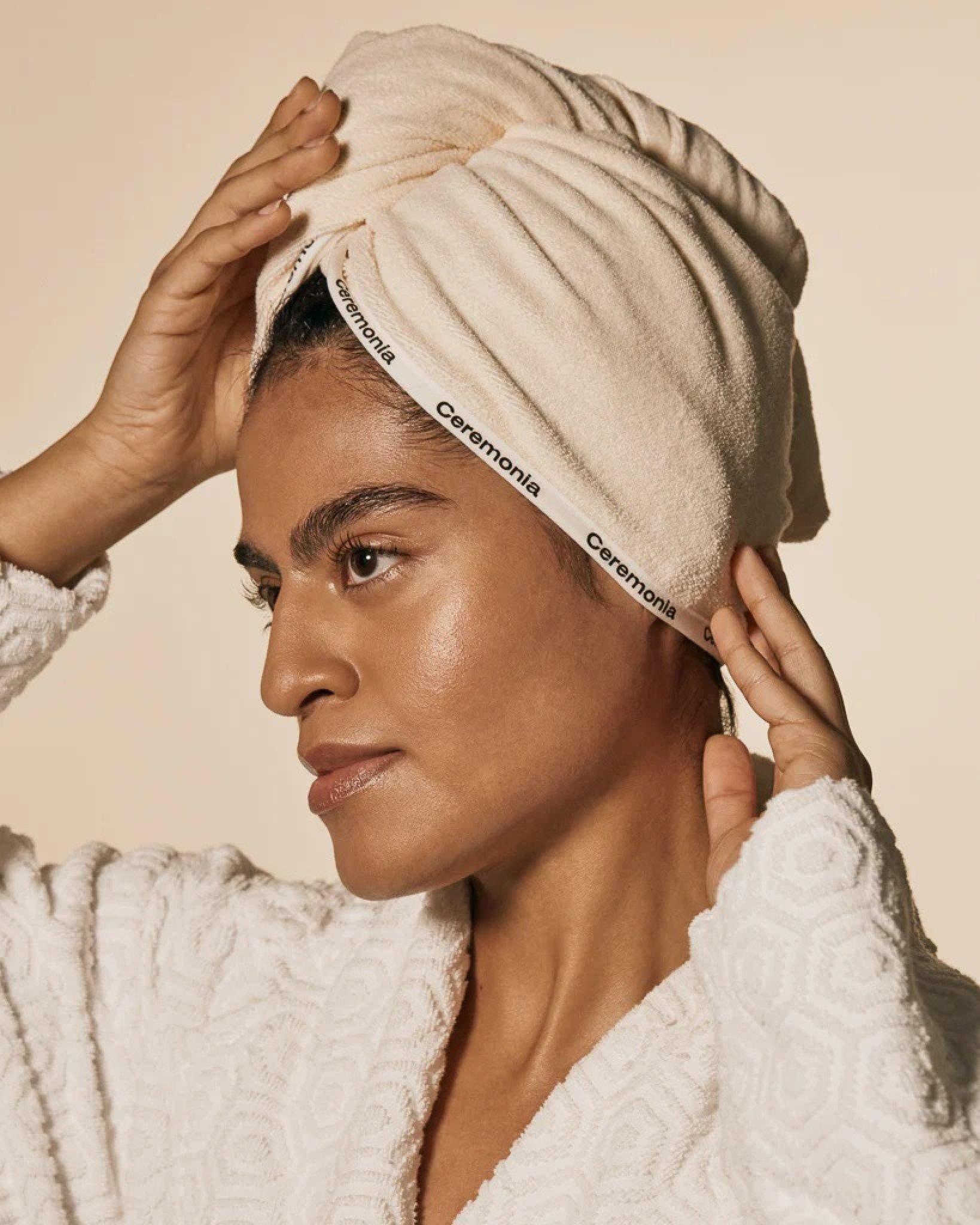
Specific hair needs
The proper techniques can prevent damage, reduce frizz and enhance your hair’s natural beauty, while common missteps can lead to breakage, dullness and a diminished style. But before finding the right routine, it’s key to understand your specific hair needs, as each hair type brings its own set of characteristics and requirements.
Take the red pill? How health supplements became an unlikely IG trend
“Fine hair, for instance, dries fast but risks heat damage easily, demanding a gentle touch to avoid breakage and keep volume, while thick hair, with its strong structure, needs the patience to dry without frizz or damage,” says make-up artist and hair stylist Carolina Pizarro. To boost curls without losing moisture, use diffusers to keep its shape and health.
In contrast, “Straight hair, seeming simple to dry, needs care to prevent it from going limp or greasy, often doing well with low heat and a focus on sleekness and shine,” Pizarro adds.
Towel drying techniques
Towel drying is often where many accidentally contribute to hair damage. The key to towel drying, regardless of hair type, is to minimise friction and maximise moisture retention without causing unnecessary stress to the hair strands. “Using excessive force or hard rubbing can lead to cuticle damage, making the hair more susceptible to breakage, frizz and a dull appearance,” Pizarro says.
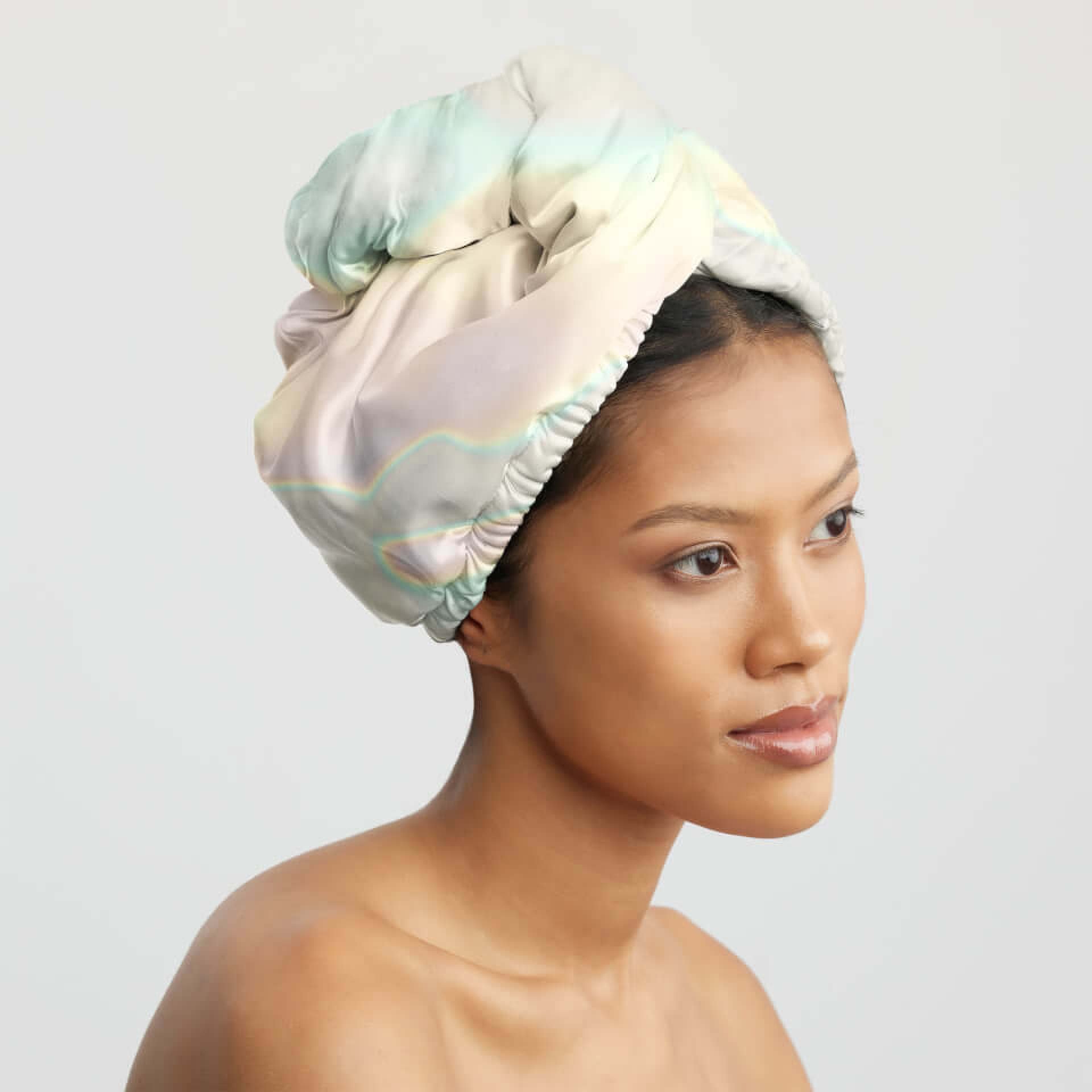
The material of the towel used for drying is equally important, with microfibre towels outshining traditional cotton ones. Their finer threads and softer texture cause less friction, lowering the risk of damage. Plus, microfibre towels are more absorbent, removing water more effectively to shorten drying time and reduce heat exposure.
Move over, K-beauty – Ayurvedic skincare is 2024’s beauty trend to know
The importance of heat protectant
When opting for heat-based tools, using heat-protectant products is essential, as they create a barrier between the hair shaft and the intense heat of styling tools, preventing moisture loss, minimising heat damage and preserving the hair’s natural integrity. Pizarro explains that their science lies in their ability to distribute heat evenly, allowing for a smoother styling process that reduces the likelihood of hair becoming brittle, dry or split at the ends. “Without this protective layer, hair is directly exposed to temperatures exceeding 200°C, leading to immediate and cumulative damage that compromises its health and appearance.”
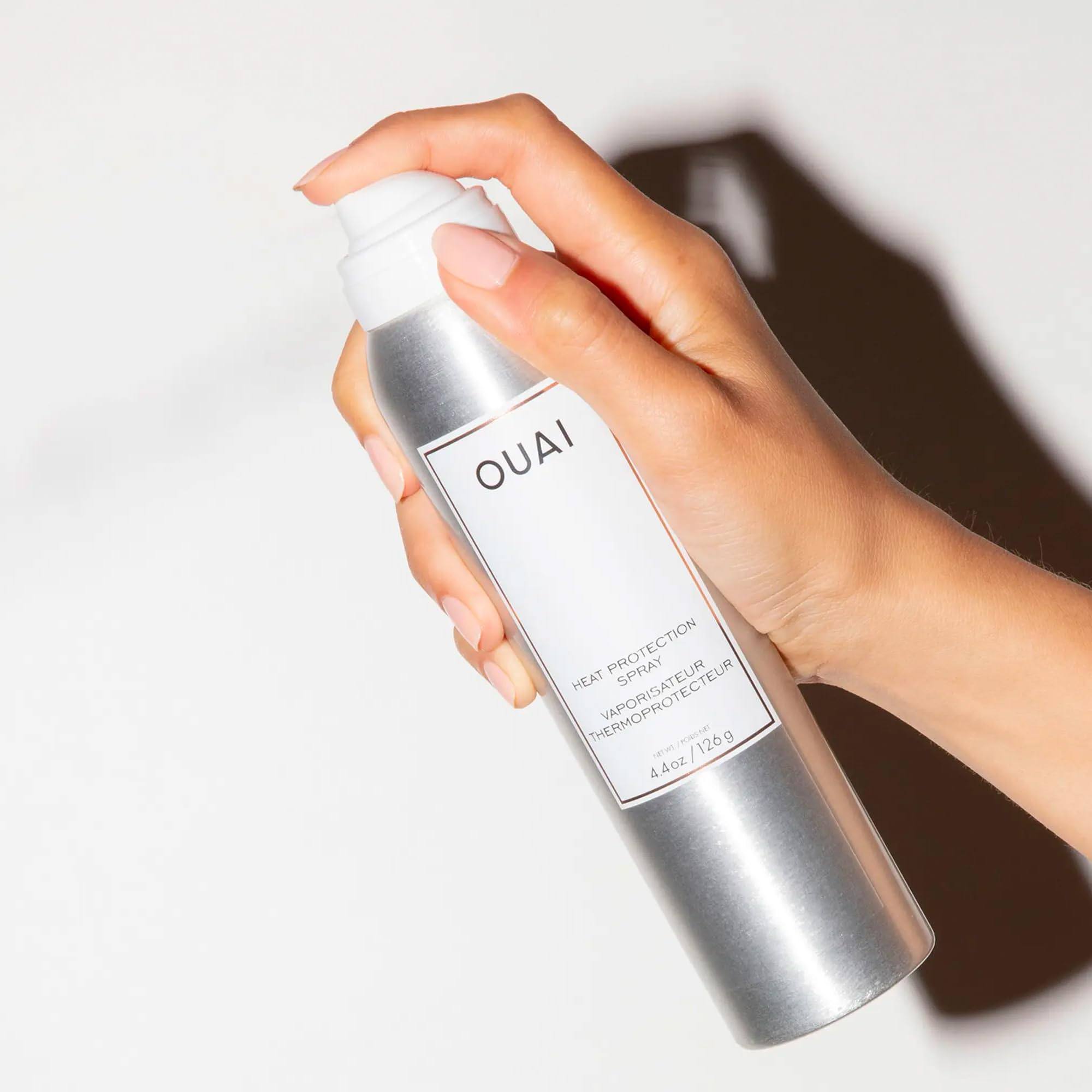
For fine hair, lightweight sprays that don’t weigh down strands are ideal, while thick or coarse hair, on the other hand, may benefit from richer serums or creams that offer a more intense level of protection and hydration. For curly hair, it’s best to go for products specifically designed to enhance curl patterns while protecting against heat and preserving their unique texture.
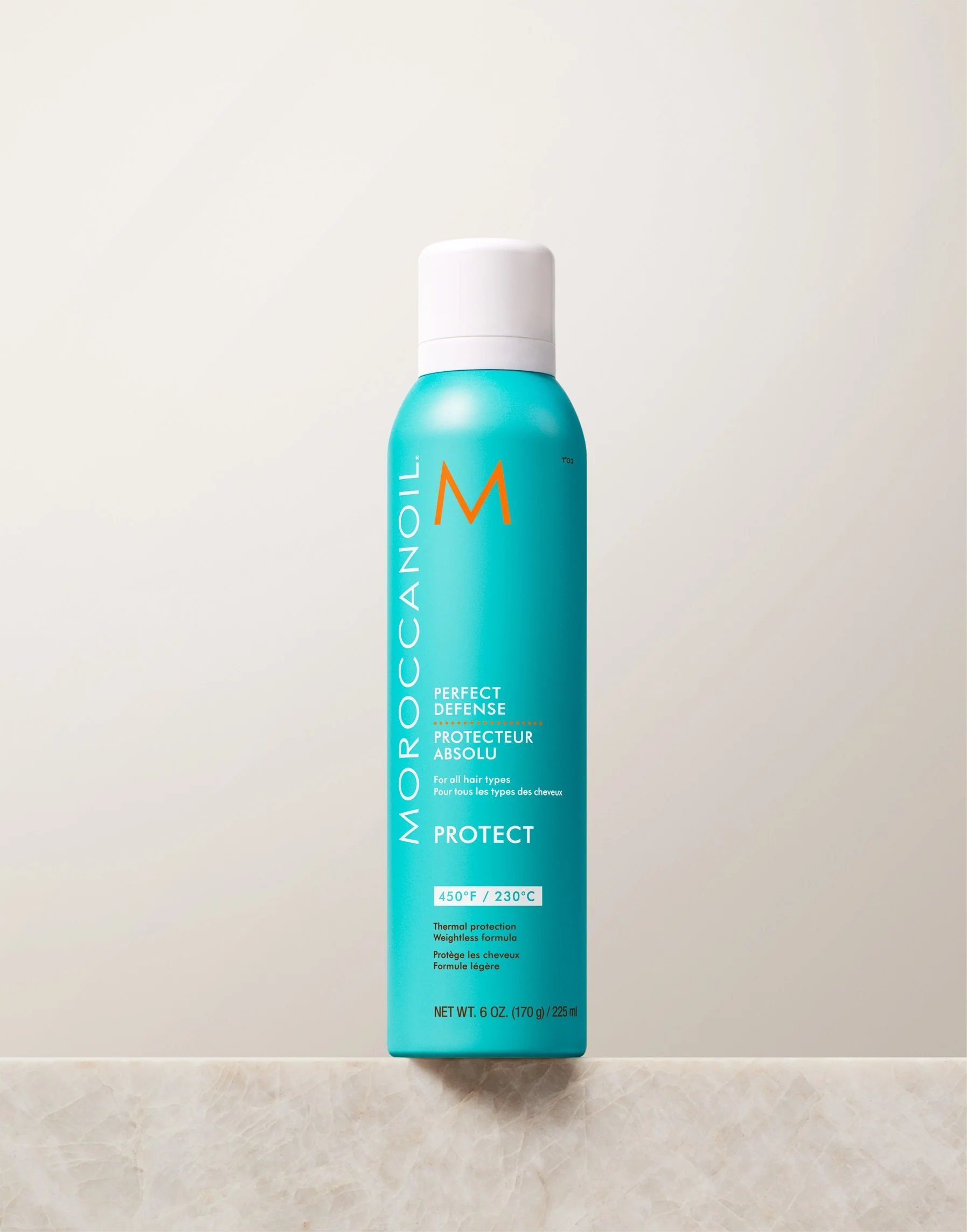
How to use hair dryers
Using a hair dryer correctly involves more than just turning it on and aiming it at your hair. “By dividing the hair into manageable sections, it’s easier to focus the airflow and temperature on one area at a time, which not only speeds up the drying process but also enhances styling precision and reduces the risk of damage,” Pizarro explains.
For those with curly hair, diffusers are a must-have, spreading dryer airflow to lessen frizz and enhance curls, ensuring even air distribution that honours natural patterns without compromising texture. For straight hair, concentrator nozzles are perfect for achieving sleek looks, concentrating airflow to smooth and straighten while minimising frizz.
Liposuction 101: what you need to know, from expert to celebrity insights
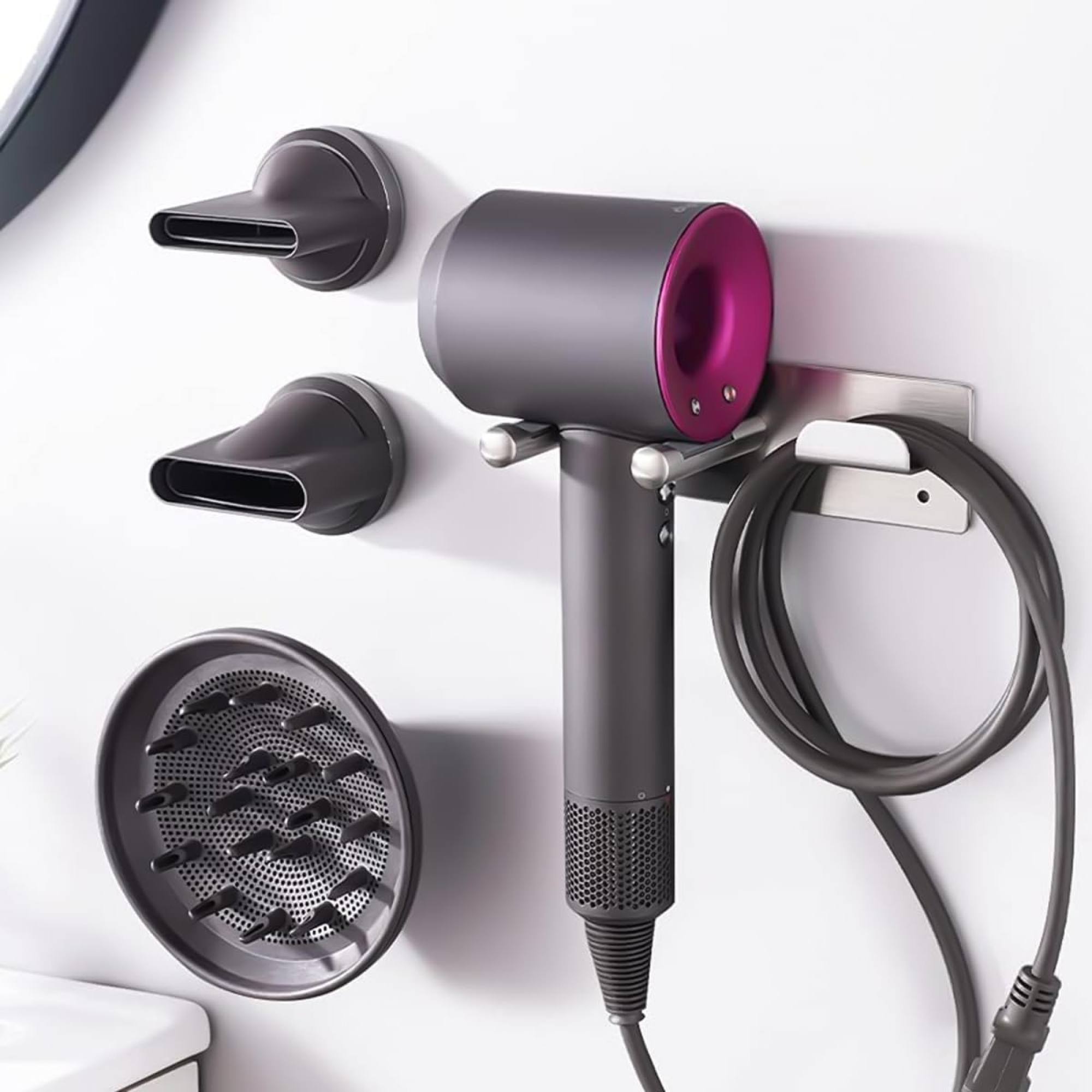
Additionally, choosing the right heat setting is crucial to prevent heat damage. Fine or damaged strands need lower heat to dry without further harm, while thicker, coarser locks might need more warmth to dry efficiently. A pro tip for upgrading your drying routine is to get a quality hair dryer with varied heat and speed settings – ionic dryers are a plus, as they emit negative ions to speed up drying, reduce heat damage and boost shine. Another trick is using your dryer’s cool shot button when hair is 80 per cent dry. “This cool air seals the cuticle, locks in style and adds shine,” Pizarro says.

- Proper hair drying techniques can reduce frizz and enhance the hair’s natural beauty, while common missteps can lead to breakage, dullness and a diminished style – including towel drying
- According to hair stylist Carolina Pizarro, fine hair dries fast but risks heat damage easily, which means a gentle touch is needed, and thick hair asks for patience to dry